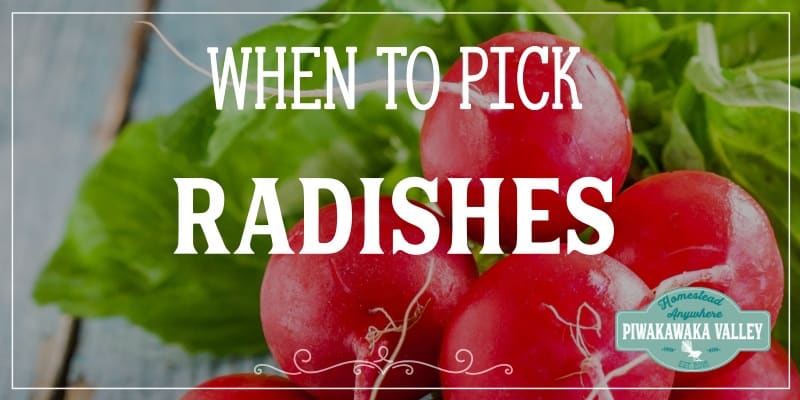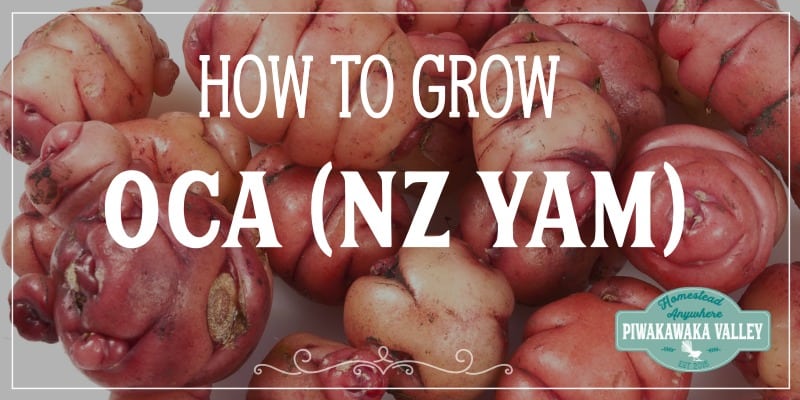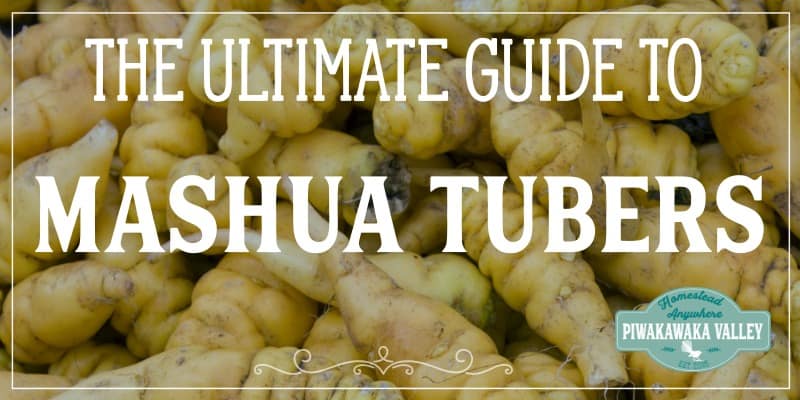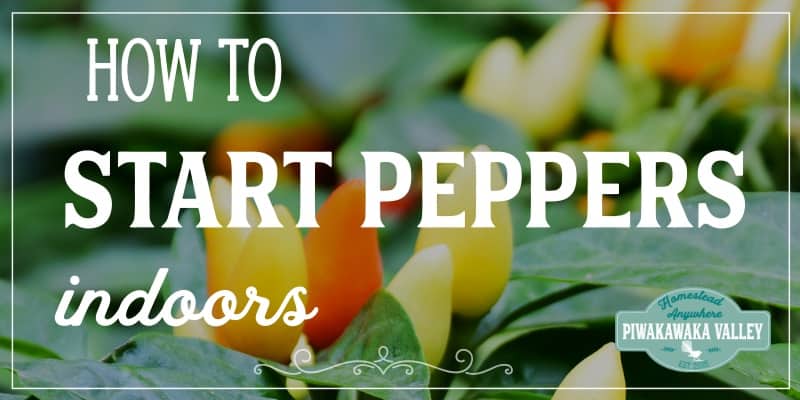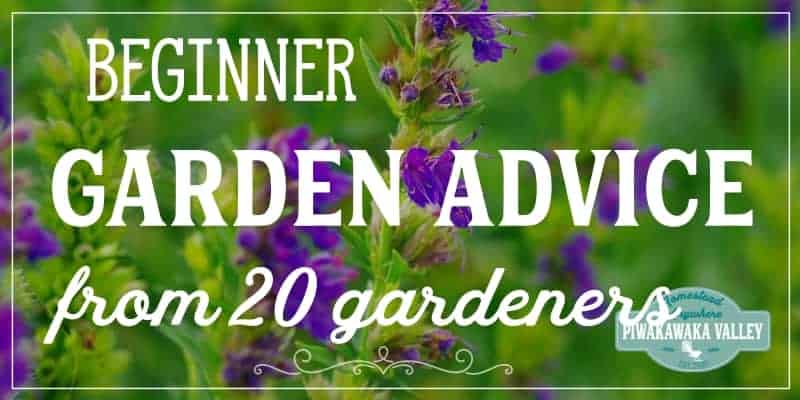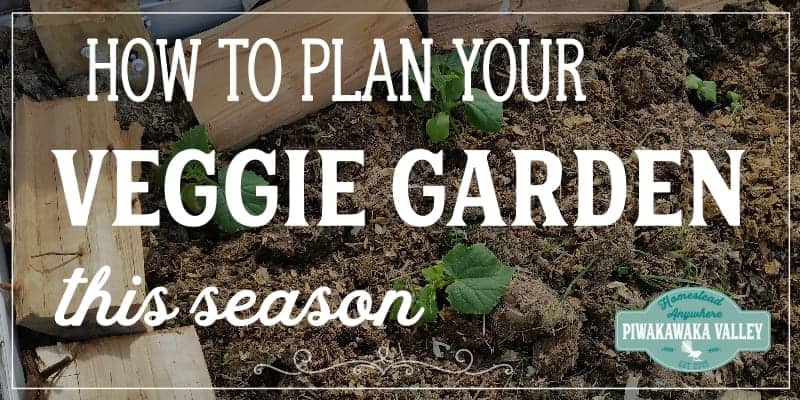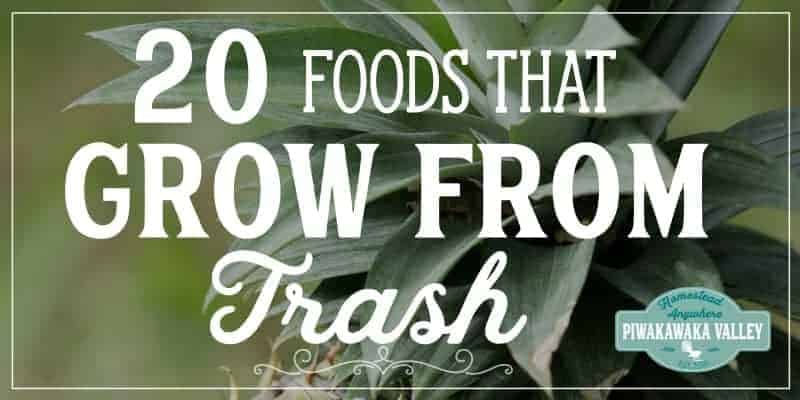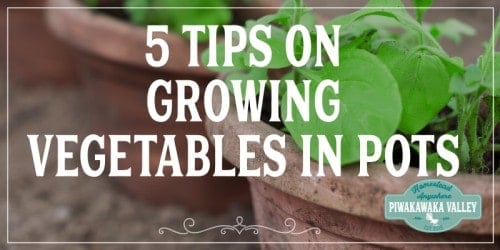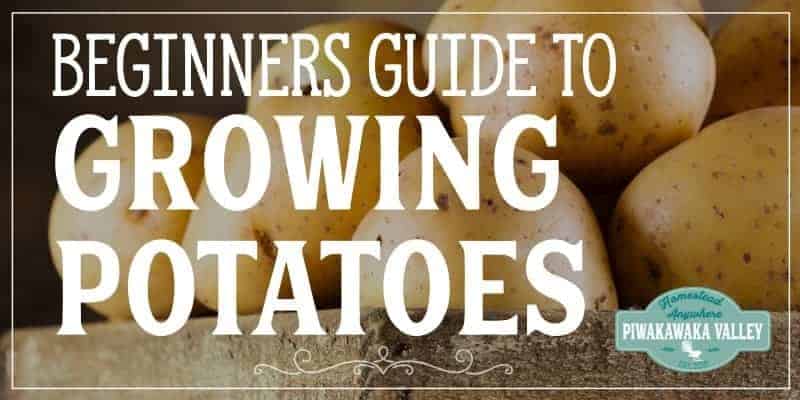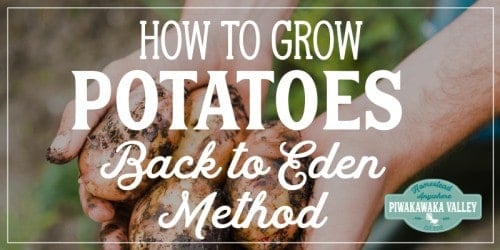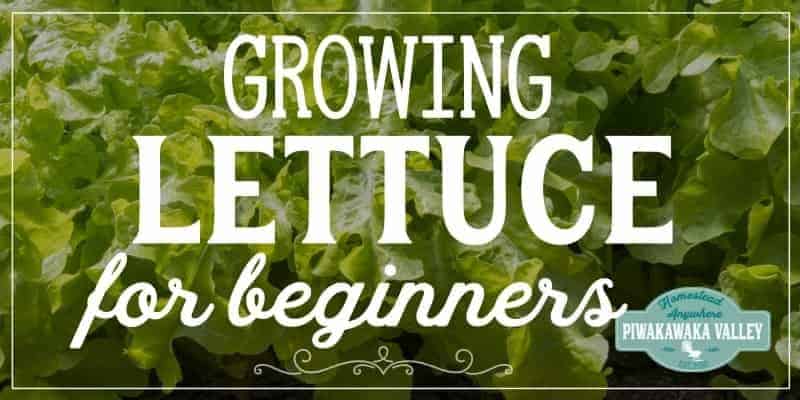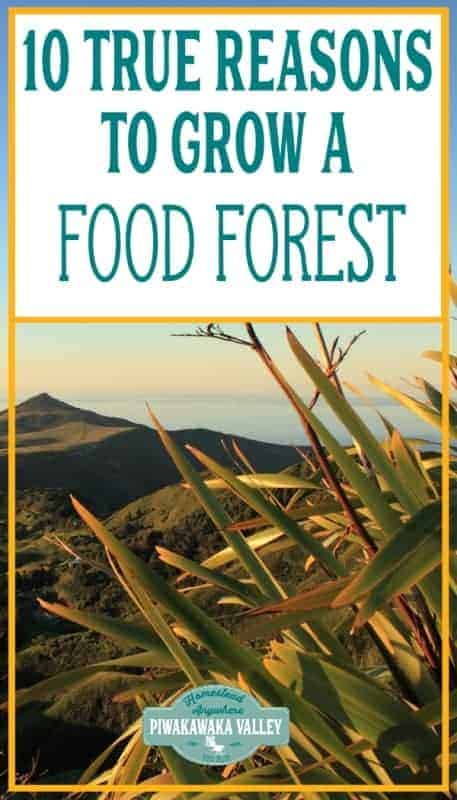This post was most recently updated on March 26th, 2020
If you are interested in sustainable food production, you should look in to growing an edible food forest garden. There are many reasons why you might like to grow a food forest at your place, even if you live on a small urban block, you can embrace the food forest principles.
Please read: This information is provided for educational purposes only and is not intended to treat, diagnose or prevent any disease. We encourage you to make your own health care decisions in partnership with a qualified health care professional.
This post contains affiliate links, this means at no extra cost to you, we make a commission from sales. Please read our Disclosure Statement
Why should you grow a food forest?
Edible food forests are a sustainable, affordable way of growing food even in small spaces.
I have spent hours putting together a book all about growing food forest gardens, you can check it out here
Reasons you Should Grow an Edible Food Forest Garden
There are many reasons why you might like to establish a food forest, below are ten reasons that I have come up with that you might identify with.
RELATED: 5 steps to building a food forest
1. Food forests mimic nature
Who can argue with mother nature? She has perfected her art of growing forests over billions of years, it is a system that works optimally.
Forests used to cover pretty much all of the earth’s land surface area, it is obviously the way nature likes to be. A food forest strives to mimic the natural layers of a naturally occuring forest, creating ecosystems for the plants and animals alike.
No one waters, weeds, prunes or otherwise tends to a wild forest, and yet they thrive. Learning how best to imitate nature is a great way to create a self replicating system.
2. Food forests are sustainable
Modern agriculture would have you believe that to make large volumes of food, you need to use a tractor in a flat irrigated field and to apply large volumes of fertilisers, pesticides and herbicides.
The reality is, if you let go of the mono crop model and look at ways to stack uses in a space, you will be able to get lots of different crops from one area.
Food forests do not need all the sprays and fertilisers that commercial crops need, and they are vastly more sustainable.
Commercial food production is stripping our planet of its topsoil and destroying our waterways with run-off while emptying our aquifers. Food forests on the other hand need no watering, fertilising and will build new top soil while stabilising the ground against soil erosion.
RELATED: the 7 layers of a food forest explained
3. You can fit them in small spaces
Just because you are in an urban homestead it does not mean you can not embrace the principles behind food forests.
For each tree you plant you can find a nitrogen fixer, a dynamic accumulator and some other plants to plant with them. You can even do this in container gardens!
If you have more room you can look for more groups of plants that work well together (often called a guild), it might be a dwarf fruit tree, climbed by beans and surrounded by a mixture of borage and strawberries.
There are no set rules around building guilds, but once you have one that works well for your plot of land, you can repeat it several times through your food forest area.
4. They will outlast you
Growing a food forest is growing a legacy. A well balanced food forest will continue to produce food well after you are gone. Look at the Amazon forest, scientists now believe that it is a purpose built food forest built thousands of years ago.
Take time to plan for the long term results of your food forest, your great grandchildren will thank you for it.
5. Food forests take less input
Once your food forest is established, it will not need mulched and fertilised every year. A mature forest gathers sunlight and nitrogen in its leaves and then drops these once a year to mulch both the trees and the surrounding plants. The forest floor is rich and full of humus without anyone ever applying compost or mulch.
6. Food forests take less time
An orchard and an annual vegetable garden needs constant tending to, pruning, watering, fertilising, mulching, replanting. All these things are eliminated once your food forest is established.
Setting up a food forest might take a little more planning and initial effort heavily mulching, but it will pay off in the long run.
RELATED: 100 perennial plants for a food forest
7. They are pleasing to look at
A food forest will have the aesthetic beauty of an established forest, a range of colours, textures and sizes in the plants makes a lovely garden to walk through.
8. You can extend your season or change your growing zone
Established forests can change the warmth and windiness of a site so much that you can grow things in sheltered pockets that would never grow otherwise.
The food forest floor will be protected from frost for longer, and with careful planning you can make shaped areas that protect from the prevailing wind while letting in lots of warm sunshine.
9. Food forests can make use of awkward spaces
Do you have a hill or other awkward area that you don’t know what to do with? Try planting up some establishing trees and make your paths run along the hill between them. Even a steep slope can benefit from this treatment. A path will allow you to reach the top of the tree below with ease.
Planting up slopes with a food forest will help to retain the soil and reduce the risk of slips and erosion.
10. They can bring a community together
Once your food forest is really producing, you will have too much food for just yourself. Both planting and sharing the bounty are two ways that your food forest can help you connect to your community and other like minded individuals.
Growing a food forest has many benefits to both you, the environment and the community. If you would like to know more about planning, planting and maintaining a successful food forest, you should check out my book!
If you would like help getting the most out of your garden, I would love to help you, find out more here
RELATED: Free Gardening Resources
If you like tips on frugal living, self sufficiency and consuming less, sign up to our newsletter below, I would LOVE to have you







